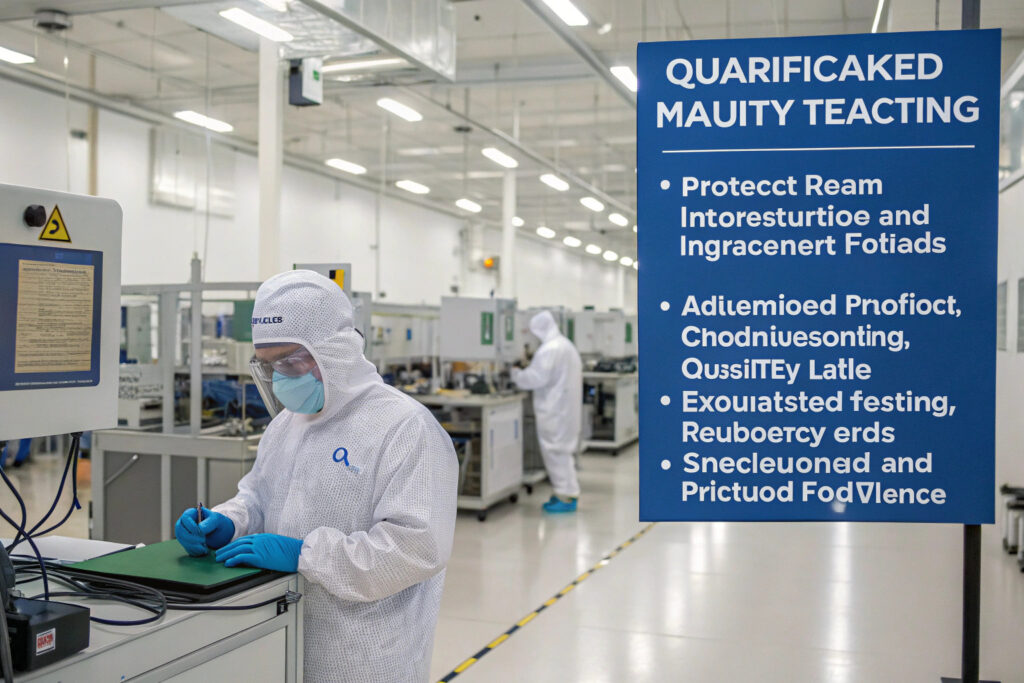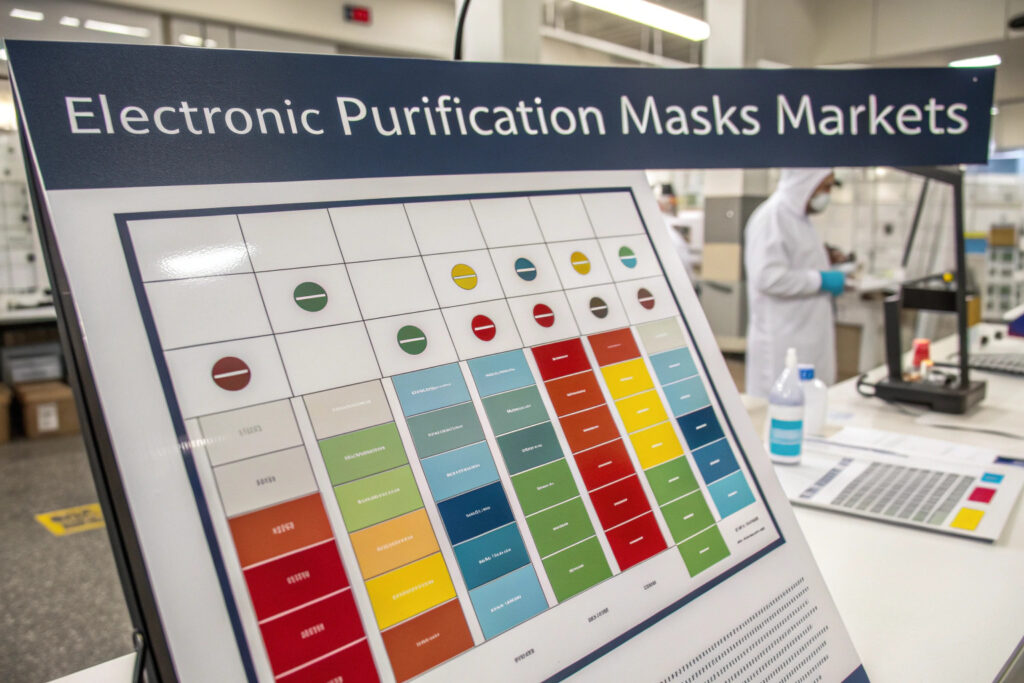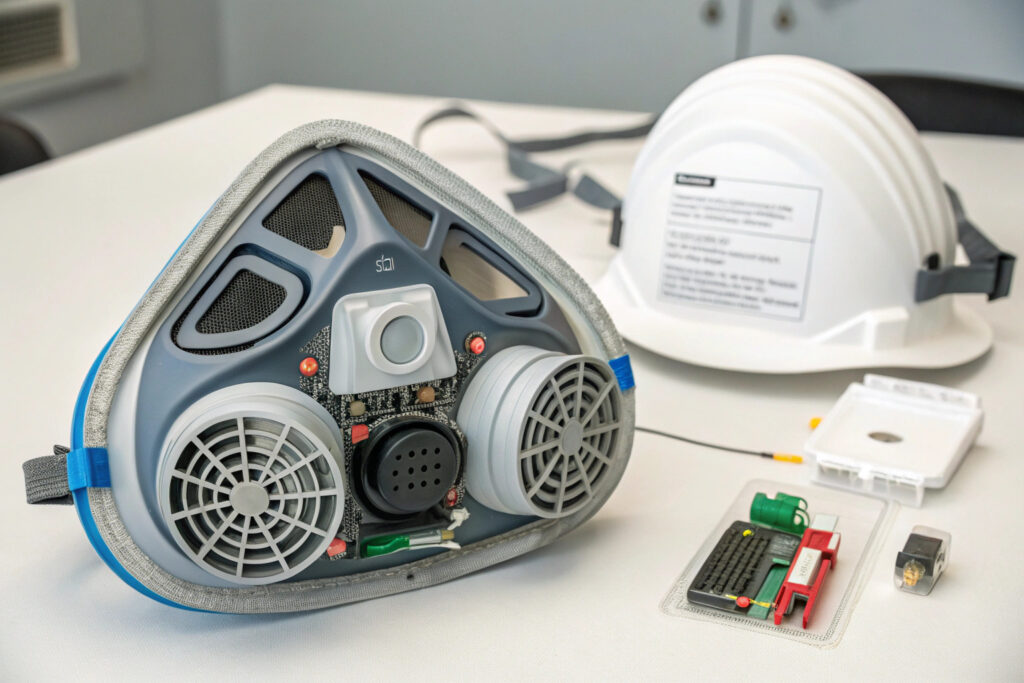The market for masks with integrated air purification represents the convergence of traditional textile manufacturing and advanced electronics—creating products that actively clean inhaled air rather than just filtering through passive materials. Sourcing these advanced products requires understanding both the technical components and the regulatory landscape that governs these hybrid medical/electronic devices.
To source masks with integrated air purification systems, you need suppliers with expertise in both textile manufacturing and micro-electronics assembly, who can navigate FDA regulations for medical devices and ensure proper certification of both the filtration media and electrical components. The most reliable sourcing approaches involve either partnering with specialized manufacturers who handle full integration or creating strategic partnerships between separate electronics and textile suppliers.
Integrated air purification masks typically combine HEPA or electrostatic filtration, battery-powered fans, sensors, and sometimes additional technologies like UV-C sterilization. Sourcing these complex products requires a fundamentally different approach than traditional fabric masks, with attention to regulatory compliance, technical performance, and user safety. Let's examine the specific sourcing considerations for these advanced protective products.
What Technical Components Must Be Sourced?
Understanding the complete bill of materials is essential for sourcing masks with integrated air purification systems.

What electronic components are typically integrated?
Micro-fan systems create positive pressure inside the mask, forcing air through filters and preventing unfiltered air leakage. These fans must be precisely sized for adequate airflow (typically 2-5 CFM) while maintaining quiet operation. Power management systems including rechargeable batteries (usually lithium-polymer), charging circuits, and power indicators require careful integration. Additionally, advanced models may include air quality sensors, Bluetooth connectivity, or UV-C sterilization elements. Our sourcing process involves qualifying electronic component suppliers with medical device experience to ensure reliability and safety.
How are the filtration systems specialized?
HEPA-grade filter media or high-efficiency electrostatic filters provide the actual purification, typically achieving 99.97% filtration efficiency for particles as small as 0.3 microns. These filters must be easily replaceable while maintaining a perfect seal within the mask housing. The most effective designs use pleated filter media to maximize surface area within compact spaces. Our technical specifications require filter testing to ISO 29463 standards with independent verification of filtration efficiency claims.
What Manufacturing Capabilities Are Required?
Producing masks with integrated air purification requires specialized manufacturing expertise beyond standard textile production.

What electronics assembly expertise is necessary?
Surface-mount technology (SMT) capabilities are required for assembling the printed circuit boards that control fan speed, battery management, and any sensors. Manufacturers must have ESD (electrostatic discharge) protection protocols to prevent damage to sensitive components during assembly. Additionally, experience with waterproofing and sealing electronic compartments is crucial since these masks may be used in various environmental conditions. Our manufacturing partners maintain ISO 13485 certification specifically for medical device electronics assembly.
How does textile manufacturing differ for these products?
Integrated component housing requires precise sewing around rigid elements while maintaining comfort and seal integrity. Unlike standard masks, these designs must accommodate wiring channels, battery compartments, and fan housings without creating pressure points or compromising the facial seal. Our manufacturing process uses specialized pattern engineering that creates structured zones for electronics while maintaining soft, comfortable areas for facial contact.
What Regulatory Compliance Must Be Considered?
Masks with active purification systems typically face stricter regulatory requirements than passive filtration products.

How do medical device regulations apply?
In the United States, masks making purification claims typically fall under FDA Class II medical device regulations, requiring 510(k) clearance unless specifically exempted. In the European Union, the Medical Device Regulation (MDR) applies, requiring CE marking with specific documentation and clinical evidence. These regulatory pathways add significant time and cost to product development but are essential for legitimate market entry. Our regulatory team navigates these requirements as part of the sourcing process, ensuring all necessary approvals are obtained.
What electrical safety certifications are required?
Electrical safety standards including IEC 60601 for medical electrical equipment and IEC 62368 for audio/video and information technology equipment typically apply to the electronic components. Additionally, battery safety certifications like UL 2054 or equivalent IEC standards are crucial for products containing lithium batteries. Our sourcing protocol includes verification of all component-level certifications plus final product testing to applicable safety standards.
What Performance Testing Validates Claims?
Substantiating performance claims requires rigorous testing beyond standard mask evaluations.

How is purification effectiveness measured?
Total system efficiency testing evaluates the complete mask system rather than just the filter media, accounting for potential leakage around seals and housings. This testing typically follows modified versions of NIOSH standards for respirators (42 CFR Part 84) or equivalent international standards. Additionally, battery runtime testing under various fan speed conditions provides realistic usage expectations. Our validation process includes third-party testing to ensure independent verification of all performance claims.
What about user comfort and ergonomics?
Wear testing with precise instrumentation measures factors like pressure distribution, temperature buildup, and noise levels during extended use. Unlike standard masks, integrated purification systems add weight and potential noise that can impact user acceptance. Our human factors testing involves 100+ hours of wear testing across diverse facial structures and usage scenarios to identify and address comfort issues before production.
What Sourcing Strategies Work Best?
Given the complexity of these products, different sourcing approaches offer varying advantages and challenges.

Should you use an integrated manufacturer or separate specialists?
Integrated manufacturers with both textile and electronics capabilities offer simpler project management but may have limitations in either area. Strategic partnerships between specialized textile and electronics manufacturers can provide best-in-class components but require careful coordination. For most companies, we recommend beginning with integrated manufacturers for simpler designs and moving to strategic partnerships for more advanced products. Our network includes both types of suppliers, allowing us to match clients with the optimal approach for their specific product vision.
How can modular design simplify sourcing?
Modular product architecture that separates the electronics module from the textile mask body enables sourcing from specialized suppliers for each component while simplifying assembly and maintenance. This approach also allows for upgrading individual components as technology advances. Our most successful designs use quick-disconnect interfaces between the power/fan module and the mask body, enabling separate sourcing and replacement of each element.
What Are the Cost and Timeline Considerations?
Sourcing masks with integrated air purification involves significantly different economics than standard fabric masks.

How do development costs compare to standard masks?
Non-recurring engineering costs typically range from $50,000-$150,000 for initial development, including tooling, testing, and regulatory submissions. Per-unit costs range from $25-$85 for basic models to $100-$300 for advanced versions with multiple sensors and connectivity features. These costs are 5-15x higher than standard fabric masks but reflect the additional technology and regulatory requirements. Our cost analysis helps clients understand the complete financial picture before committing to development.
What timelines should be expected?
Development and regulatory approval typically requires 9-18 months compared to 2-4 months for standard masks. This extended timeline includes multiple rounds of prototyping, comprehensive testing, and regulatory review periods. Production lead times after approval are typically 8-12 weeks due to the complex assembly and quality control requirements. Our project management includes detailed timeline planning with clear milestones for each development phase.
Conclusion
Sourcing masks with integrated air purification systems requires navigating a complex landscape of technical requirements, manufacturing capabilities, regulatory compliance, and performance validation. Success depends on selecting partners with specific expertise in both textiles and electronics, understanding the regulatory pathways for these hybrid products, and implementing rigorous testing to validate performance claims.
While the challenges are significant, properly executed integrated purification masks offer genuine advantages in protection, comfort, and user experience that can justify their premium positioning. The market for these advanced products continues to grow as consumers seek higher levels of protection and technological integration in their personal protective equipment.
Ready to explore sourcing options for masks with integrated air purification systems? Contact our Business Director, Elaine, at elaine@fumaoclothing.com to discuss our technical capabilities and manufacturer network for these advanced products. We'll help you navigate the complexities of sourcing these hybrid medical/electronic devices while ensuring compliance and performance.


























